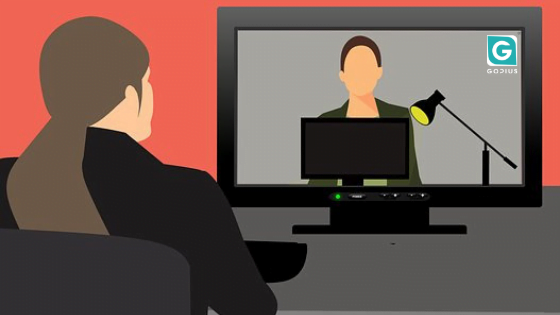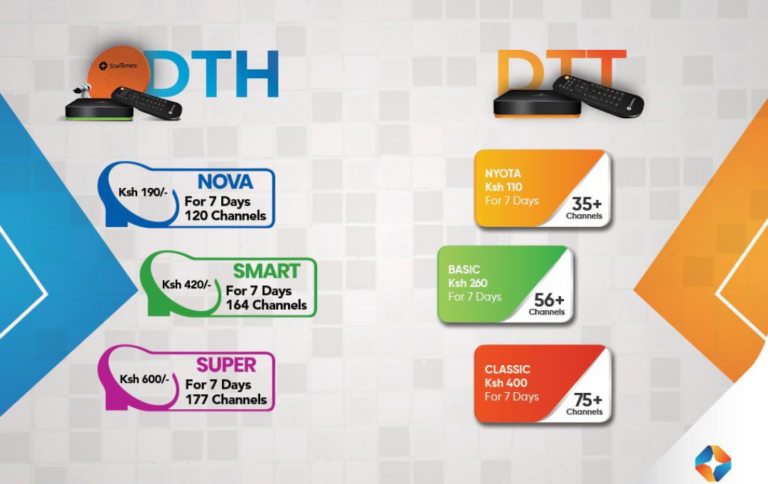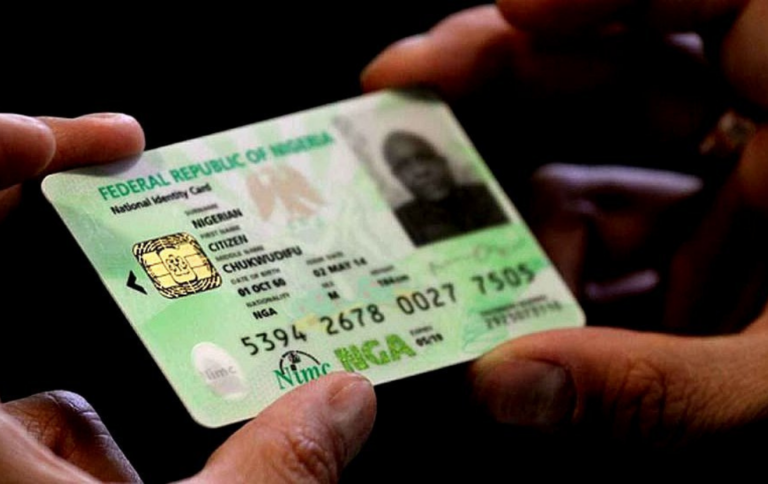10 Virtual Brain Breaks for Remote Teaching and Learning

With instructions happening remotely, students are spending a lot of time staring at screens. It’s really important for them to have opportunities to get up and move a bit during class time. In this post, I will be sharing 10 of my favorite virtual brain breaks for remote teaching and learning.
Yes, it’s important for students to work on computers and use technology, but too much constant screen time can have negative effects such as vision problems, obesity, and others.
Besides, schools and businesses have no other option but to take instruction and training online, due to the recent popularity elearning has gained as a result of the effect of the covid-19 pandemic.
So, while students learn online, they should also be given opportunities to get up and move in the course of their online class(es). This will help reduce the negative effects associated with learning online, even as it allows learners to focus better.
This is why we will first consider what brain break actually means.
Read also: The Kinds of Teacher to Recruit in the 21st century
Brain Break Definition
Brain break is just a break in activity. It can be something as simple as a puzzle to solve or maybe they’re standing up, stretching and touching their toes or whatever it may be. So long as it just helps them to get back into their next task.
Brain breaks are mental breaks designed to help students stay focused and attend. The brain breaks get students moving to carry blood and oxygen to the brain. The breaks energize or relax.
Jensen (Adapted from Alison Newman)
Brain breaks aren’t just downtime.
Research shows that well timed breaks can increase student productivity, creativity and social skills. In fact, a groundbreaking 2012 study using brain scans revealed that the brain is not actually at rest when we take breaks. Instead, it is in default mode – a state where the brain works on other tasks crucial to learning like making complex information, consolidating memories, etc.
Social breaks don’t also have to be solitary or structured, giving students time to interact. For instance, during an unstructured recess, a planned game can improve crucial social skills like conflict resolution, collaboration and group problem-solving.
Making creative breaks allow kids to use their imagination.
Research shows that unstructured play stimulates curiosity and creative thinking.
Right now, let’s quickly go over the benefits of providing brain breaks for your students.
Read also: How to Become a Professional Teacher
Reason why Brain Breaks are Important
I’m going to give you five reasons why if you’re not already doing brain breaks in your class, you are missing a whole lot.
Below are 5 reasons why brain breaks are important.
1. It helps students to reset and to refresh
Just as it is with us when we’re working. If you’ve been sitting for an hour reading a book and you have a paper due, you may have to stand up and move around, just so you can get that blood in the oxygen flowing. Once you sit back down, you are rejuvenated, ready to go and can attack the same task with a different level of vigor. It’s the same thing with your students.
We know that students’ attention spans are sometimes short, so they need a moment. If they’ve been working on a task for 20 minutes, which is a really long time for them, they definitely need a break. So we give them the opportunity to stand up and stretch. Maybe play a game of Simon says or just something to get them moving, so that they can get back into that task and be rejuvenated.
2. A great way to transition from activity to activity
Many times, as a primary school teacher, you may have to transition from language, arts, reading to science. Brain breaks could be a great transition to get the kids fully ready for the next instruction.
For example, you’ve been talking about character development in your arts section of the class and you need to shift into the mathematics section of the class. You may want to provide a quick brain break. Maybe a quick puzzle that will help them start thinking about or using the skills that they would need.
3. It helps students to really engage in an activity.
This is something that happens to all of us. Your students have been sitting in a classroom and you’re kind of standing there and you can see that the kids are completely checked out. You can tell they’re really tired. They’re trying to get through the activity but they’re just so tired.
You may want to introduce a brain break here.
You may give them a puzzle that they need to solve or return to talk activity with their partners and that helps them to wake up and rejuvenate and re-engage with that activity.
4. It Helps build a community in your classroom.
I know I’ve mentioned a lot about having students get up and move around the classroom. But a brain break could also be something as simple as randomly pairing students and having them spend some time with the person. To interview, question and then have them quickly share with the class.
You have to remember that you’re building some sense of community in your classroom because that is what enables you to do everything that you need to do if you want kids to feel safe and supported. In order to feel safe and supported, they need to know who’s in their classroom.
Brain Break Advice for Instructors
All kinds of instructors – primary school teachers, lecturers, trainers, HR managers, and so on – are expected to introduce brain breaks while teaching.
It is a known fact that brain breaks allow students of all ages to regain focus and are especially important for very young students. One study showed that for elementary kids, several 10 minute lessons were far more effective than fewer 30-minute ones.
So as an instructor, you should:
- Plan for repeated pauses throughout the day.
- Make learners active, not passive.
- Integrate physical activity into your brakes This can boost moods, reboot motivation and improve cognitive functioning.
- If you can make time in the day for several quick exercise or movement breaks to help students reset, make them.
Virtual Brain Breaks for Online Instruction and Learning
We all can easily agree that teaching offline isn’t the same as teaching remotely. This is also the case for brain breaks.
However, the ideas behind both brain breaks (physical and virtual brain breaks) are the same.
To help the students enjoy the benefits of brain breaks and maximize learning online, brain breaks must be effectively integrated into remote classes by the teacher.
Now, let’s look at my 10 favorite virtual brain breaks for remote teaching and learning.
10 Virtual Brain Breaks for Online Learning
These brain breaks can be introduced to any category of learners, irrespective of their age, level of education and purpose of instruction.
My 10 virtual brain breaks covers brain break games, brain break dance, GoNoodle brain break, just dance brain break, brain break clip arts and brain break Youtube videos
1. Virtual dance party.
I don’t know about your students but many learners, especially kids, love to get up and dance to fun music.
If you’re teaching remotely, you can have a Spotify playlist or a Kidz Bopout album that you play and just let your students get up in front of their computer and dance and have fun for a few minutes.
You can even turn this into a game. You can play freeze dance by just freezing music periodically and watching the screen. So that you can see each of your students in gridview. And if they don’t freeze when the song stops they have to sit down. Then you can see who is the last student standing.
2. Simon Says
Once again, you’re going to put your students in grid view so that you can see them all on your computer screen. Then you’re going to give out commands such as, do jumping jacks, put your hand on your head clap, all kinds of different things using Simon Says and you will keep this going until there is only one student left standing.
3. Bathroom Breaks
Allow students to take bathroom breaks during the day’s class. Just pause during your remote instruction and say okay we’re going to take a 10 minutes restroom break. Get up, go use the bathroom; move around, get a snack, do whatever you need to do, but you just have to be back here in front of your computer at a certain time.
So just take breaks to let your students get up and move in their environment. If you think about it well, we do this at school all the time.
So just think about it in that same way in your remote setting.
4. GoNoodle Brain Break
If you’re not familiar with GoNoodle, it is a free online platform that has a lot of movement activities and dance activities where students get up and move to fun songs and videos.
So you can play a lot of these videos for your students remotely and have them get up and move next to their computers.
Now, if you teach older kids some of the favorites that I have found with older kids are banana banana meatball and boom chicka boom.
You can search for these inside of GoNoodle, but those are great ones for older kids.
Check this GoNoodle Brain Break
5. PE Class
Maybe you have students that feel like they’re a little too old or too cool for GoNoodle. Why not still have Physical Education (PE) class with your students online. You can do this by doing stretches in front of your computer and having your students follow along.
You can also find a lot of great exercise videos on YouTube such as a Zumba dance videos, yoga videos, all kinds of exercise videos. You can even do this for 20 – 30 minutes a day so that your students are still getting an actual PE class.
Now, if you go to YouTube, some of the ones that I can recommend is yoga with adriene. She does really simple yoga moves that are easy to follow along with. Another one that I’ve been seeing a lot of teachers use lately and it’s a lot of fun and that is PE with Joe. Joe, from what I can tell is a physical education teacher and he’s created videos during this time, so that students can still be exercising and getting PE at this moment.
6. Virtual scavenger Hunt
Check out this video that list out more than 20 different virtual scavenger hunts that you can do and some are stationary, some involve movement. However, a really easy way to incorporate movement into a virtual scavenger hunt is tell your students to go and find something and you can even connect this to things you’re teaching.
For example, go find something that is in the shape of a cylinder or go find some kind of money and students have to bring it back and describe what value the money they found has.
So there’s lots of ways that you can get students to go get things as part of a virtual scavenger hunt and then get them talking about academics as well.
7. Charades
You can either act things out or you can call on different students to act things out. Basically, you’re just going to act things out and then have the other students try to guess what it is.
You can have students call out their responses.
If the video conferencing tools that you use has a chat feature, allow students also type what they think the person is acting out in the chat,
8. Dice and Card games.
Here, you can either have a die or you can have a deck of cards. You’re going to keep whichever one of those you use with you and also write down different types of exercises. Jumping jacks, squats, running in place, sit-ups, whatever you can think of. You’re going to put those on pieces of paper and put them in a bucket. Then, you’re either going to roll the dice and whatever number appears tells how many that the students are going to do. Then you’ll select an exercise from the bucket.
So let’s say you roll a 6 and then you pick jumping jacks from the bucket students would do six Jumping Jacks and then you roll a 3 and Pick squats from the bucket students will do three squats and you can keep this going for as long as you want.
9. Alphabet game.
Now, this is really simple to do. You’re going to have all of the students stand up next to the computer and set your computer screen back to grid view, so that you can see all of them.
You are going to call out letters. It can be any random letter from the alphabet. Students are going to attempt to make that letter with their body in some way. So it can be really silly seeing what different students come up with and how they move and manipulate their bodies to create different shapes.
10. Skip Count or Multiple Jumping
This one ties into maths. What I mean by that is you can either have students jump up and down or you can have them jump doing jumping jacks. But whatever way you have them jump they have to either skip count or count by multiples, eg they could count by twos,by fives, by tens.
If you’re doing multiplication tables, you can have them doing threes and fours and some of the multiples that may be hard for them.
This is a fun way to get them up and moving while reviewing important math skills at the same time.
Ending…
All right, there you have it. My 10 favourite virtual brain breaks that you can use if you are teaching remotely.
I would love to hear from you. Are you doing some kind of virtual brain break to get students up and moving that I didn’t mention in this post?
Leave a comment below and let me know what you’re doing.
Thank you for your time. Do well to like and share this post. All the best.







